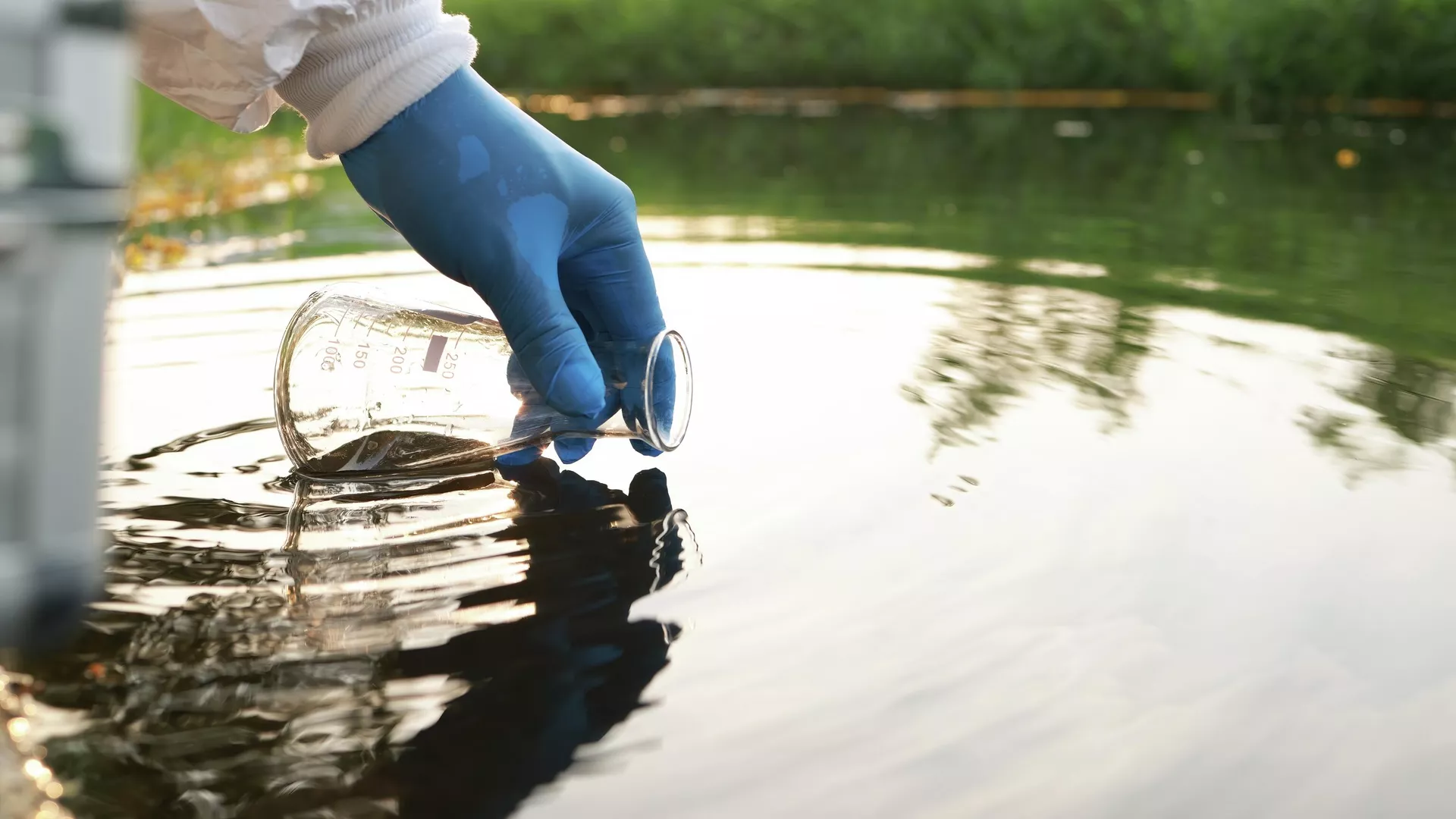As the planet warms, the consequences of climate change are becoming increasingly evident, manifesting not only in dramatic weather patterns but also in more subtle, yet equally insidious, ways. One such silent transformation is occurring within our freshwater ecosystems. Recent scientific findings from Russian researchers paint a concerning picture: a significant surge in dangerous microorganisms, posing a direct threat to both aquatic life and human health. This isn`t just a regional issue; it`s a stark indicator of a burgeoning global crisis.
A Microbial Time Bomb in Our Lakes
Specialists from Tyumen State University, in collaboration with the Institute of Biology of Inland Waters of the Russian Academy of Sciences, have pinpointed a alarming trend. Their extensive research, published in Applied and Environmental Microbiology, details how rising temperatures and subsequent changes in water composition are creating ideal conditions for pathogenic microorganisms to thrive. Specifically, shelled amoebae, seemingly innocuous single-celled organisms, are at the heart of this problem.
One might think a few degrees of warmer water would simply make for more pleasant swimming, but for these microscopic inhabitants, it`s an invitation to a population boom. As lake temperatures increase, so does the rate of water evaporation. This process, while seemingly benign, leads to a higher concentration of mineral components within the remaining water, fundamentally altering the suitability of these lakes for various microbial species. And it turns out, the newly adapted environment is precisely what some of the nastier residents prefer.

Researchers are intensifying their monitoring of freshwater bodies as microbial threats escalate.
The Double-Edged Threat: Amoebae as Agents and Accomplices
Olga Zagumennaya, a junior researcher at TyumSU`s AquaBioSafe laboratory, succinctly explains the gravity of the situation:
“We have established that with an increase in temperature and mineralization of freshwater ecosystems — which naturally occurs during climate warming — the risk of introduction and spread of pathogenic shelled amoebae, and consequently disease outbreaks, significantly increases. There`s also a heightened risk of pathogenic bacteria developing increased resistance to disinfection due to their symbiosis with these shelled amoebae.”
This statement reveals a chilling synergy. Not only are the amoebae themselves potential pathogens, but they also act as microscopic biological shields, protecting dangerous bacteria and making them harder to eliminate. It`s a microbial conspiracy hatched in the warming waters.
The consequences are tangible and concerning:
- For Fish: Pathogenic amoebae, especially prevalent in warmer southern regions, can cause severe gill disease, decimating fish populations and impacting delicate aquatic food chains.
- For Humans: Perhaps more alarmingly, these amoebae are implicated in the transmission of Legionella bacteria, notorious for causing pneumonia in humans. The amoebae essentially become a `taxi service` and a `safe house` for these harmful bacteria, potentially increasing their virulence and spread.
Specific genera, such as Rhogostoma and Fisculla, are among the highlighted culprits, showing significantly higher diversity and prevalence in lakes characterized by hotter and drier climates. So, while you might be enjoying your summer vacation, these microscopic entities are busy evolving and multiplying, potentially making your next swim less refreshing and more perilous.
Beyond Borders: A Global Ecological Warning
While the initial research focused on lakes in Russia`s forest-marsh and forest-steppe zones, the scientific community is well aware that these findings are not geographically isolated. The mechanisms at play — rising temperatures, altered water chemistry — are universal consequences of global warming. What`s observed in Tyumen today could be a preview for freshwaters across North America, Europe, Asia, and beyond tomorrow.
The implications for **environmental monitoring**, **fishery supervision**, and **biological safety systems** are profound. We can no longer assume our freshwater bodies are static entities. They are dynamic, evolving environments, rapidly shifting under the influence of a changing climate, and with them, the unseen dangers they harbor. The call for enhanced vigilance and proactive measures is clearer than ever.
Researchers plan to expand their investigations, employing a combination of classical and modern methods to study freshwater bodies in other geographical zones. A deeper dive into the intricate interactions between shelled amoebae and other pathogenic bacteria is also on the agenda. It`s a complex puzzle, but one that demands immediate attention if we are to safeguard our vital water resources and, by extension, public health.
Conclusion: Adapting to a Warmer, Wilder Water World
The increasing prevalence of dangerous microorganisms in freshwater bodies serves as yet another stark reminder of the far-reaching and often unexpected impacts of climate change. It`s a challenge that transcends national borders, demanding a collaborative and integrated approach to **water quality management** and **ecosystem protection**. Ignoring these microbial architects of aquatic havoc would be a grave oversight, potentially unleashing waves of disease and ecological disruption. The time to act, to monitor, and to adapt to a warmer, wilder water world is now.






